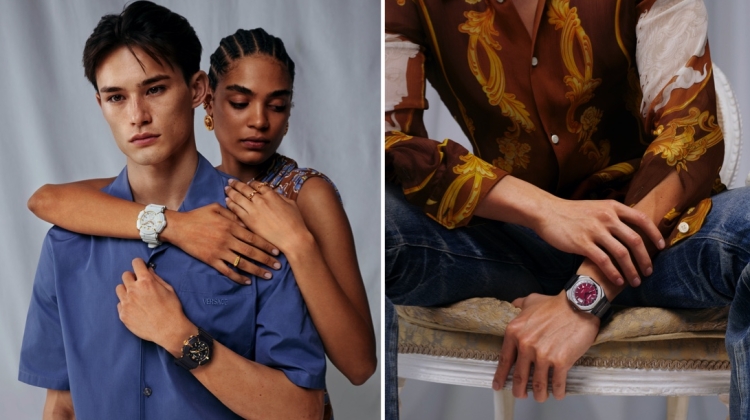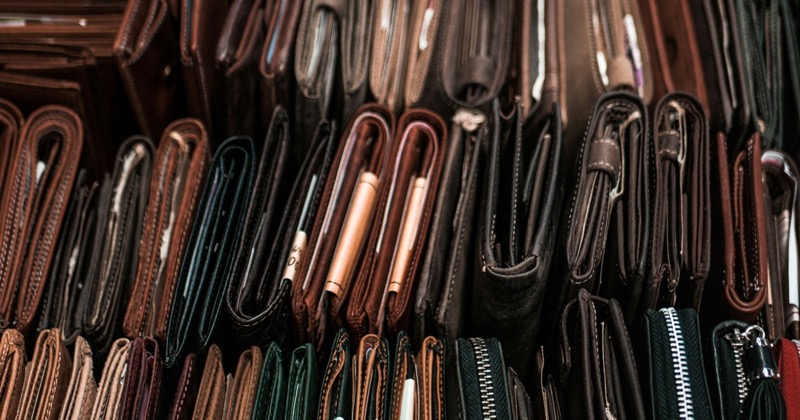
Selecting the best leather for wallets goes beyond aesthetics. It’s a balance between durability and refined character. With so many leather options and wallet types on the market, knowing the nuances in quality and craftsmanship can elevate your choice from simply functional to genuinely timeless.
The Best Leather for Wallets
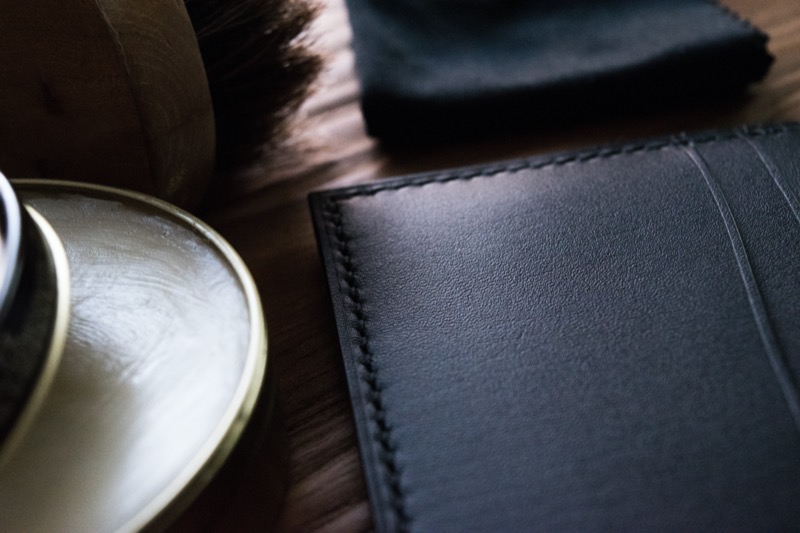
Understanding the basics of leather is essential to making informed choices about the best men’s leather wallet. People typically use cowhide to create leather, although they can also source it from animals like goats, sheep, and more exotic species, each of which brings its own distinct qualities.
Recognizing these differences adds a layer of insight when selecting leather that aligns with both style and longevity.
Types of Leather Wallets
Full-Grain Leather
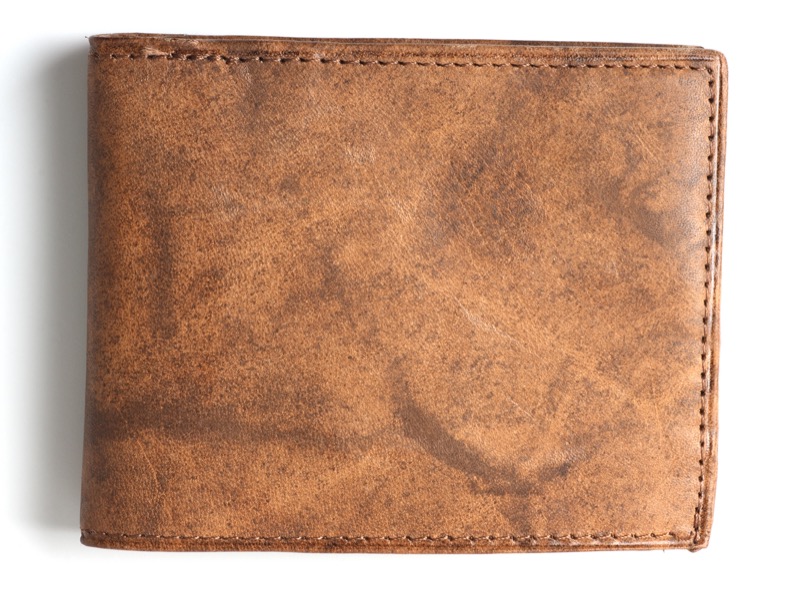
Full-grain leather is the gold standard, prized for its authenticity and lasting quality. By preserving the hide’s natural grain, it showcases unique imperfections that add character.
Wallets made from full-grain leather age gracefully, developing a rich patina that enhances their appeal.
Top-Grain Leather
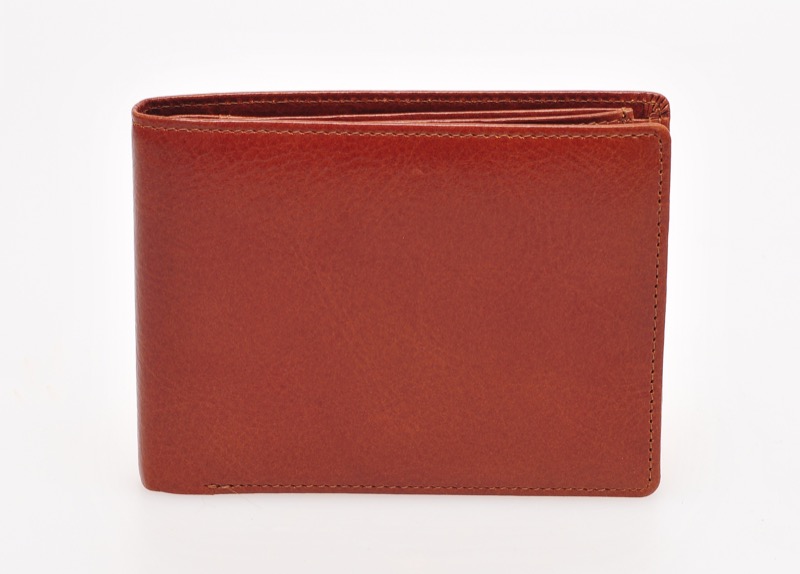
Top-grain leather offers a blend of refinement and durability. Slightly sanded to remove imperfections, it presents a smooth, uniform look without sacrificing strength.
The appeal lies in its balance of quality and sophistication, making it a popular choice for those who want a polished finish with reliable wear.
Genuine Leather
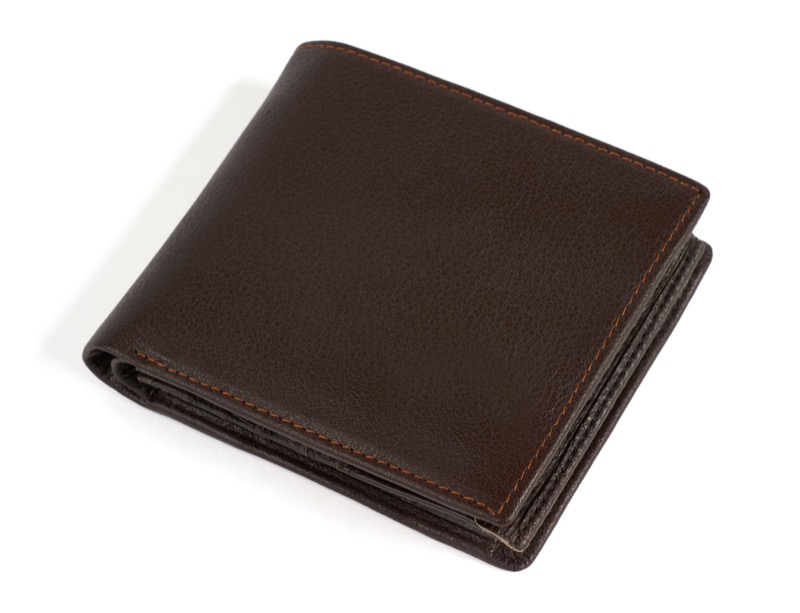
Genuine leather is affordable yet authentic, appealing to those who want real leather without a premium price tag. Although it’s less durable than higher-quality leathers, genuine leather remains a reliable option for budget-conscious buyers who still appreciate the look and feel of leather.
Bonded Leather
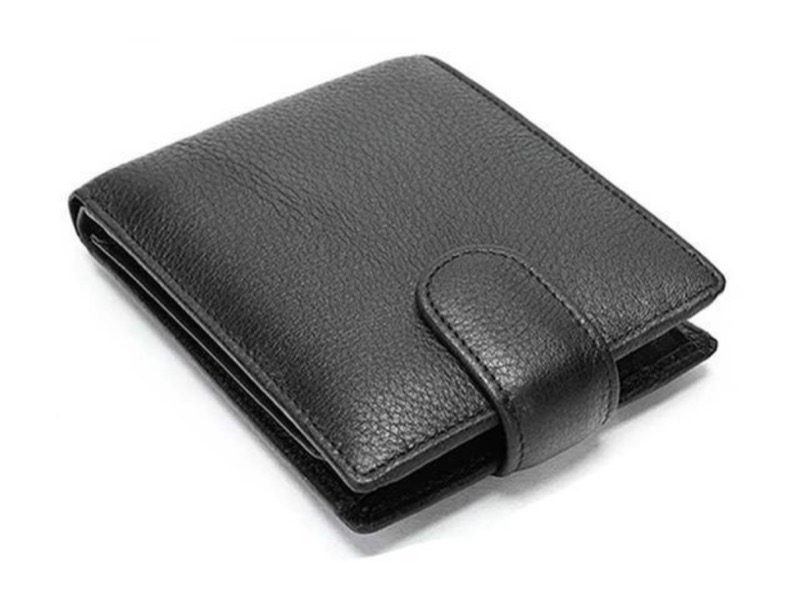
Bonded leather stands out for its accessibility. Made by bonding leather scraps, it’s an economical choice with a slimmer profile.
While it lacks the durability of full- or top-grain leather, bonded leather appeals to those seeking an entry-level option that captures the essence of leather at a lower cost.
Evaluating Leather for Durability
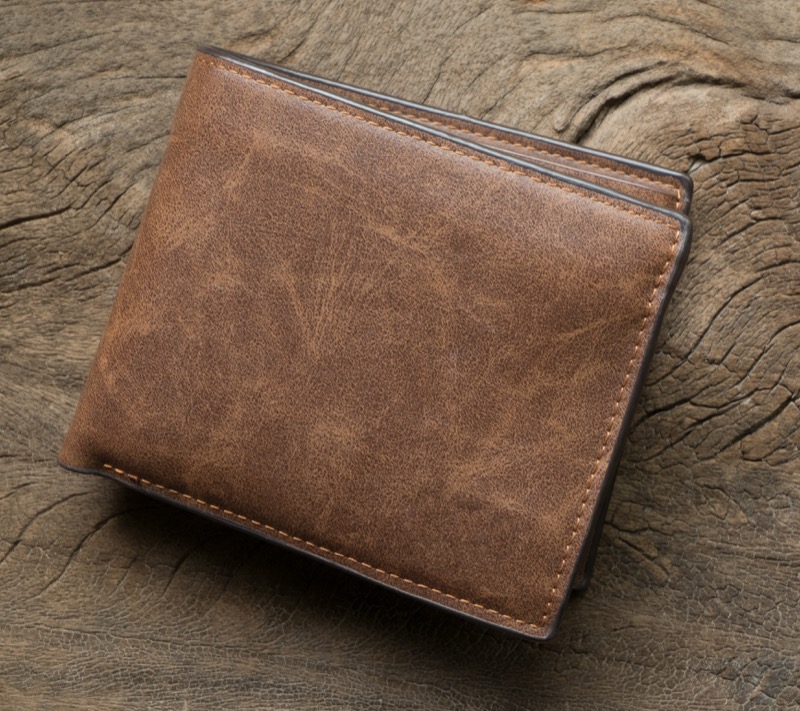
Durability remains a crucial aspect when choosing the best leather for wallets. Different leather types display varying levels of resilience, which can impact their longevity in everyday use.
Factors that Affect Leather Durability
Several elements determine how well a leather wallet holds up over time:
- Thickness: Thicker leather is tougher, but may cause a bulkier wallet.
- Tanning Method: Vegetable-tanned leather stands out for its durability and eco-friendliness, whereas chrome-tanned leather may wear more quickly.
- Maintenance: Regular cleaning and conditioning can keep leather from drying out or cracking, helping extend its lifespan.
Longevity of Different Leather Types
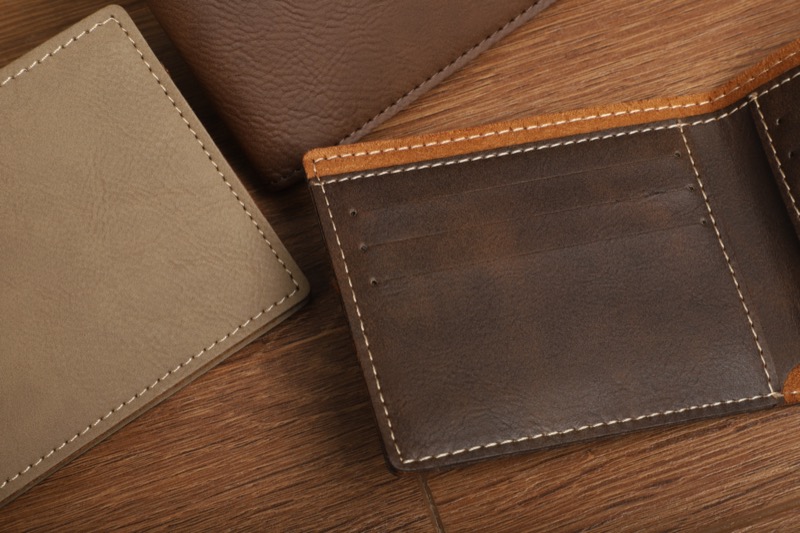
Each leather type has a different lifespan, which makes certain types more suited to daily use than others. Full-grain leather, for example, can last decades with the right care, while top-grain leather offers solid but shorter-lasting durability. Genuine leather provides moderate resilience, fitting for lighter usage.
Beyond leather quality itself, construction techniques influence durability. Wallets with reinforced stitching and durable hardware like zippers or clasps withstand the rigors of daily wear. A minimalist design with fewer seams and joints minimizes potential weak spots that can lead to fraying.
Environmental factors also play a part in durability. For instance, a wallet often exposed to moisture might need more frequent conditioning to avoid mold, while prolonged sun exposure could cause fading or drying.
Ethical Considerations
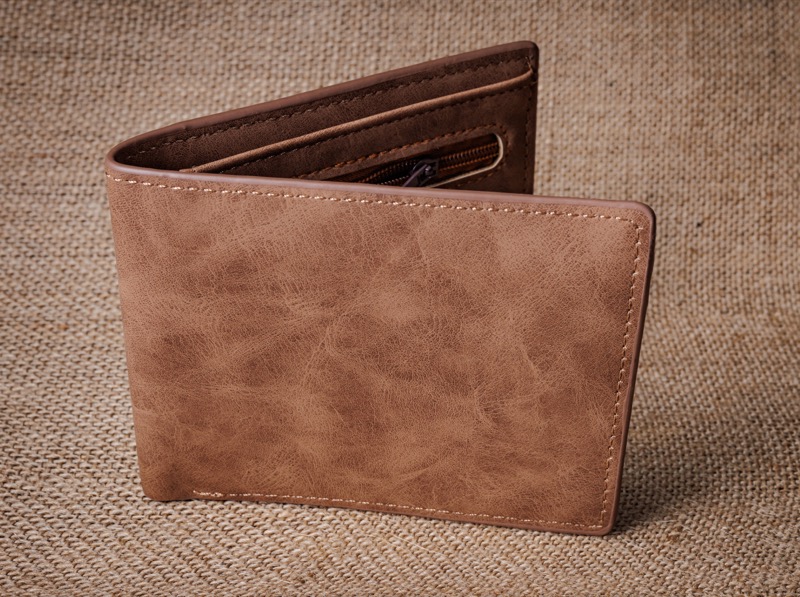
As consumers become more conscious of environmental impact, ethical sourcing in leather production has gained importance. More and more consumers are placing value on brands that prioritize responsibly sourcing leather, maintaining transparent supply chains, and practicing humane methods.
Sustainable alternatives to traditional leather, like plant-based materials or recycled leather, are gaining traction. Options such as mushroom leather, cactus leather, and recycled leather reduce reliance on animal hides and minimize environmental impact, aligning with an eco-conscious lifestyle.
Care Tips for Leather Wallets
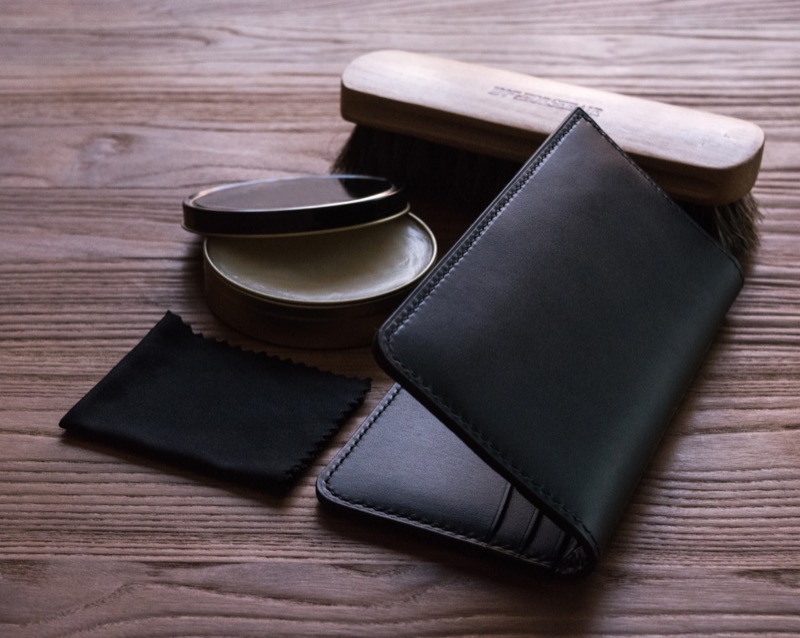
Maintaining a leather wallet involves regular, simple care practices that can significantly extend its lifespan. Here are key tips to keep your wallet in top shape:
- Condition Regularly: Apply a leather conditioner every few months to prevent the leather from drying out or cracking. You should choose a conditioner suited to the type of leather wallet and avoid products with harsh chemicals.
- Clean Gently: Use a soft cloth and mild soap to clean surface stains. Avoid excessive moisture, as it can damage the leather.
- Store Properly: Keep your wallet in a cool, dry place away from direct sunlight. Sun exposure can cause fading and drying, while humidity can encourage mold growth.
- Avoid Overstuffing: Overfilling a wallet can stretch the leather and weaken the seams. Carry only essentials to maintain the wallet’s shape and structure.
The Importance of Quality Leather Wallets
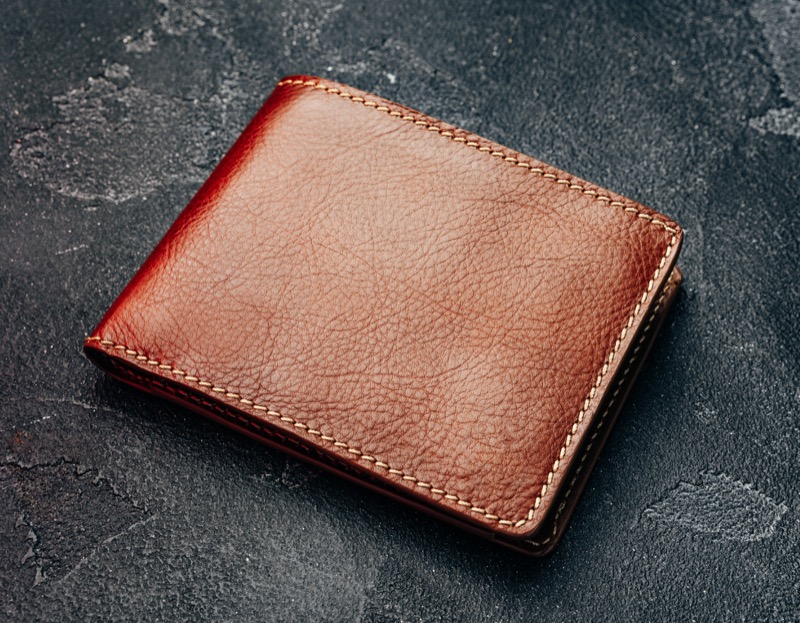
Selecting the best leather for wallets is a thoughtful choice between lasting quality and refined design. Understanding the characteristics of each leather type, from the sturdy, timeless appeal of full-grain to the accessible charm of bonded leather, empowers you to choose a wallet that fits both your style and everyday demands.
Durability, sourcing, and craftsmanship all contribute to a wallet’s longevity and appeal. High-quality leather, when responsibly sourced and skillfully crafted, doesn’t just meet functional needs but also makes a lasting statement. A carefully chosen leather wallet can indeed be a true investment piece, withstanding daily wear while embodying a unique character that only grows richer with time.
